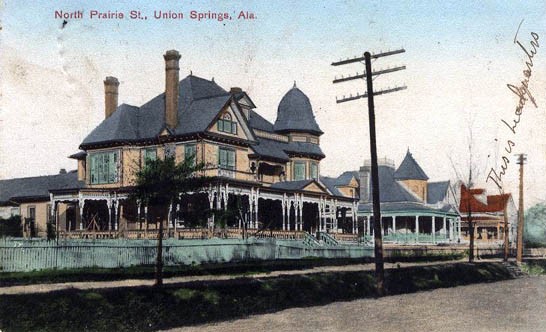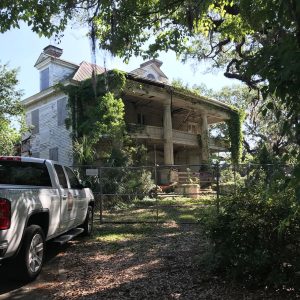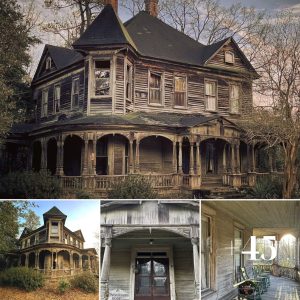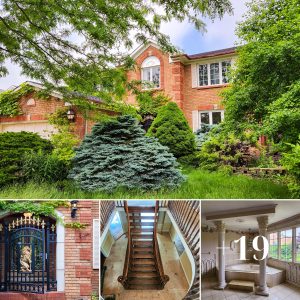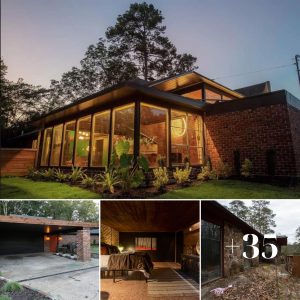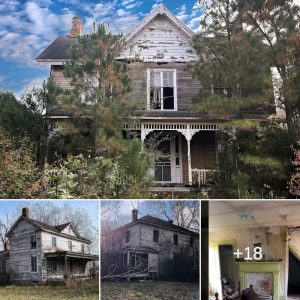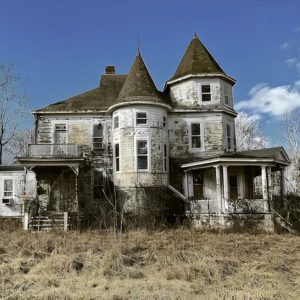Judge Singleton House
This home located on North Prairie Street in Union Springs, Alabama was built by Judge A. E. Singleton sometime between 1900 and 1903. It was designed in the Eastlake style of architecture, a movement within the Queen Anne style. The home features delicate gingerbread, spindlework, and ornate windows. Bay windows and hexagonal roofs are traits of the Queen Anne style. The original wooden shingles remain on the turret.
Judge Singleton House
A. E. Singleton, Probate Judge
Alexander Edward Singleton was born on January 2, 1864, in Thomaston, Georgia, the son of Confederate Civil War veteran Alexander Edward Singleton and Mary Caroline “Carrie” Pierce Singleton. He came to Union Springs, Alabama in 1886, and worked as a salesman at the W. E. Mercantile Company, one of the oldest establishments in the town. In 1889, Singleton married James Lucas “Jimmie” Powell at the residence of Andrew W. Beverly in Union Springs. The couple had a total of eight children: four sons; A. E. Singleton, Jr., James Powell, Charles B., and Bennett Powell along with four daughters; Mary Powell, Lucile, Carolyn, and Frances Powell.
A. E. Singleton Sr. was a member of the Methodist Church since early childhood and was said to be of “genial disposition, a kind and indulgent husband and father, and a man who had the happy faculty of making and keeping friends.” His wife Jimmie Singleton was devoted to her church and interested in the civic life of her small town. She founded the Union Springs Magazine Club at her residence in 1896 and was made Honorary Life President of the Women’s Club for her work. A. E. Singleton was engaged in the mercantile business for several years, opening his own millinery store on March 30, 1904, after purchasing the interest of his business partner, Bennie Bonnell McAndrew.
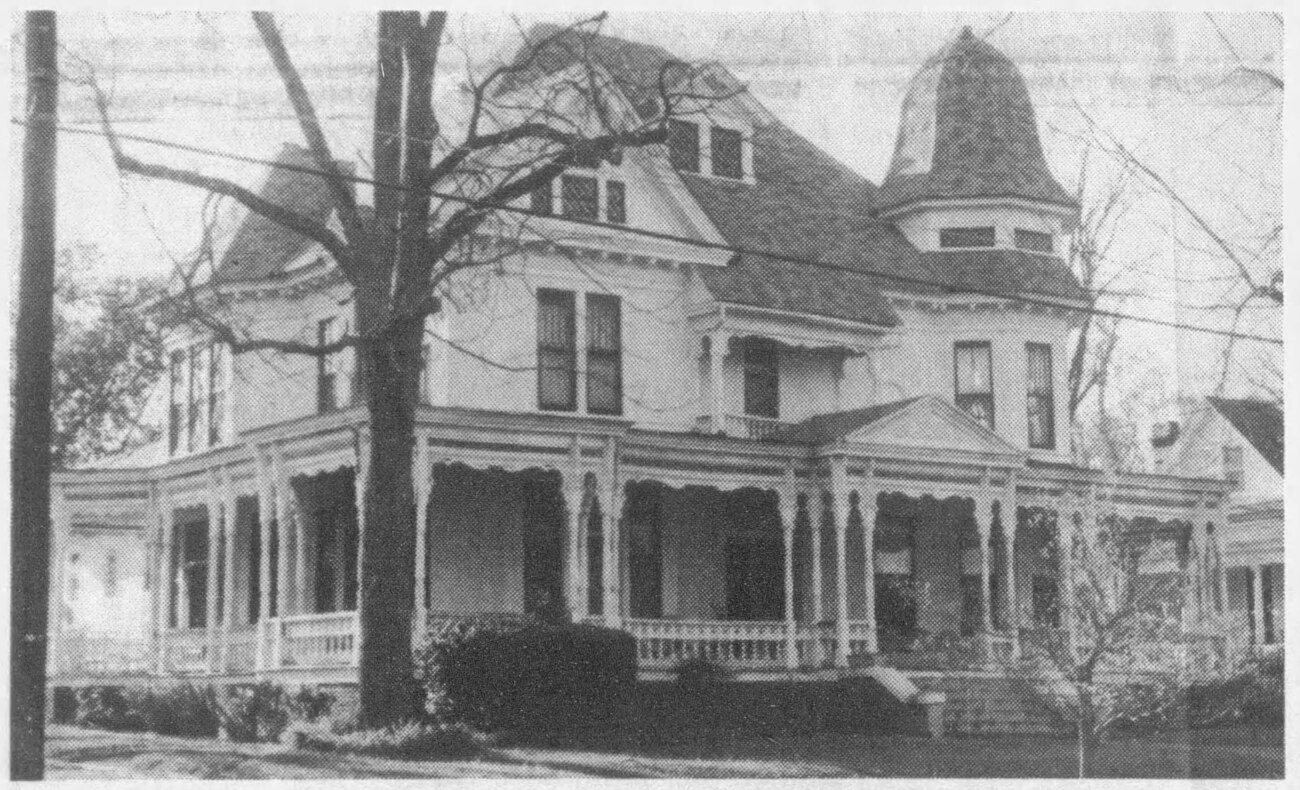

Political Aspirations and Corruption
A prominent businessman, he was also engaged in the small-town politics of Union Springs, serving twice as Mayor of Union Springs in 1900 and 1902. In 1904, Singleton announced his candidacy for Probate Judge of Bullock County and resigned as chairman of the Bullock County Democratic Executive Committee to enter the race. Although he was a successful merchant and well-liked, Singleton won by a small majority.
He began serving as Probate Judge in January 1905. He won re-election in 1910. On July 8, 1911, J. T. Gorman was sworn in as Examiner of Public Accounts. That same year, an audit of the probate court conducted by Gorman found discrepancies in the books, accounts, and vouchers of Judge Singleton. He was accused of converting sums of money for his private use as far back as 1906.
In February 1913, a county grand jury suggested that Singleton be removed from office for corruption. A few days later, impeachment proceedings were filed in Montgomery by Attorney General Robert C. Brickell. Singleton gave his resignation to Governor Emmet O’Neal effective immediately. The resignation was accepted, and in less than two hours, the governor appointed Union Springs attorney James Talmadge Norman to fill the vacancy.
That same year, the Singleton family was struck with the news of the death of their second son, 14-year-oldJames Powell, who had been kicked in the head by a horse during a hunting trip. His death was one of many misfortunes that befell the Singleton family. Norman would run in the next general election and win, serving as probate judge until his death in 1918. Sterling Price Rainer was appointed probate judge to fill that vacancy.
By November of the same year, a bond company sought to recover nearly $6,200 that was never paid back, after it was discovered by the state examiner that Singleton’s books were short.
Liens were placed on properties owned by which were, in turn, sold to recover the funds owed. Singleton sold his home in Union Springs and moved to Macon, Georgia. In 1916, he moved back to Union Springs and worked in the brokerage business. A. E. Singleton died on March 29, 1933, at his residence on Blackmon Street where his funeral was also held.
A. E. Singleton Jr.
Their eldest son, Alexander Edward Singleton, Jr. was born in 1895. After attending high school in Union Springs, he enrolled at Riverside Military Academy in Gainesville, Georgia, and later at the University of Alabama. He was pursuing his art studies in New York City when World War I was declared. He enlisted and served 26 months with the American Expeditionary Forces. He was in six major engagements, and afterward, was transferred from the 1st Division to the Camouflage Corps. After the war, he resumed his studies at the Art Students’ League in New York City, specializing in portraiture.
Not long after the death of his father in 1933, A. E. Singleton, Jr.’s body was discovered in Lowe’s Creek in Union Springs.
According to his obituary, the death of a boyhood friend and the state of his own mental health was the cause of his untimely and tragic death. His mother, Jimmie Singleton, died five years later in 1938. The Singleton family is buried at Oak Hill Cemetery in Union Springs.
The home was owned by Austin and Agnes Jones in 1992, who renovated and decorated the house, and was then known as the Singleton-Powell-Rivers-Jones Home.
The home was last owned by Mr. and Mrs. Tony Whyte in the 2000s before it fell into foreclosure, and is referred to today as the Singleton-Whyte House by the Bullock County Historical Society. The home remains vacant with the current owner listed out of state.








